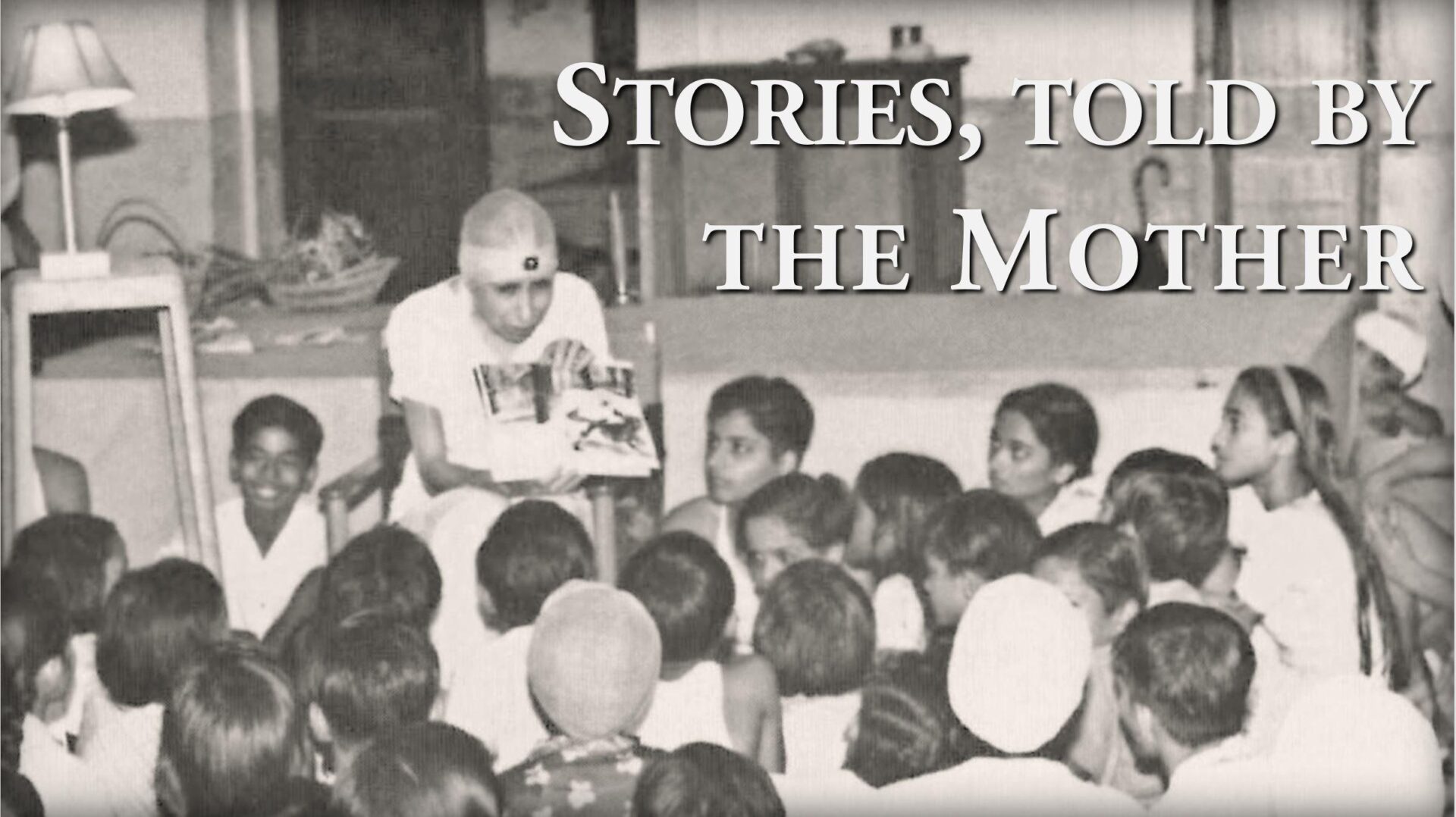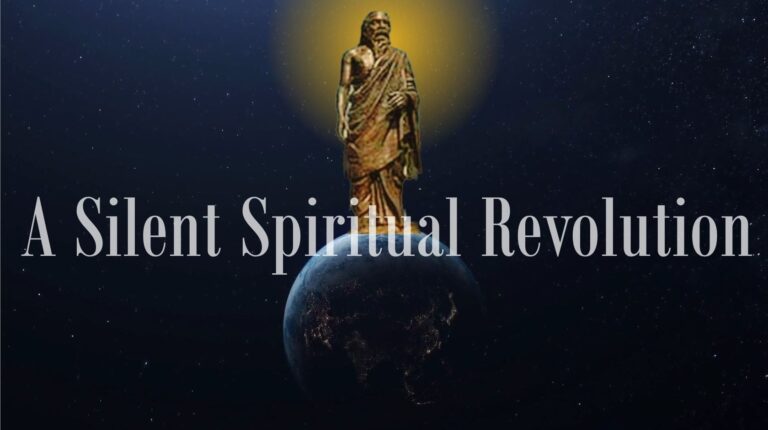We can know infinitely more things than we usually do, simply by using our own senses. And not only from the mental point of view, but also from the vital and even the physical point of view.
But what is the method?
Oh, the method is very easy. There are disciplines, it depends on what you want to do.
It depends. For each thing there is a method. And the first method is to want it, to begin with, that is, to take a decision. Then you are given a description of all these senses and how they work — that takes some time. You take one sense or several, or the one which is easiest for you to start with, and you decide. Then you follow the discipline. It is the equivalent of exercises for developing the muscles. You can even succeed in creating a will in yourself.
But for more subtle things, the method is to make for yourself an exact image of what you want, to come into contact with the corresponding vibration, and then to concentrate and do exercises — such as to practise seeing through an object or hearing through a sound,[1] or seeing at a distance. For example, once, for a long time, for several months, I was confined to bed and I found it rather boring — I wanted to see. I was in a room and at one end there was another little room and at the end of the little room there was a kind of bridge; in the middle of the garden the bridge became a staircase leading down into a very big and very beautiful studio, standing in the middle of the garden. I wanted to go and see what was happening in the studio, for I was feeling bored in my room. So I would remain very quiet, close my eyes and send out my consciousness, little by little, little by little, little by little. And day after day — I chose a fixed time and did the exercise regularly. At first you make use of your imagination and then it becomes a fact. After some time I really had the physical sensation that my vision was moving; I followed it and then I could see things downstairs which I knew nothing about. I would check afterwards. In the evening I would ask, “Was this like that? And was that like this?”
But for each one of these things you must practise for months with patience, with a kind of obstinacy. You take the senses one by one, hearing, sight, and you can even arrive at subtle realities of taste, smell and touch.
From the mental point of view it is easier, for there you are accustomed to concentration. When you want to think and find a solution, instead of following the deductions of thought, you stop everything and try to concentrate and concentrate, intensify the point of the problem. You stop everything and wait until, by the intensity of the concentration, you obtain an answer. This also requires some time. But if you are a good student, you must be quite used to doing that and it is not very difficult.
There is a kind of extension of the physical senses. Red Indians, for example, possess a sense of hearing and smell with a far greater range than our own — and dogs! I knew an Indian — he was my friend when I was eight or ten years old. He had come with Buffalo Bill, at the time of the Hippodrome — it was a long time ago, I was eight years old — and he would put his ear to the ground and was so clever that he knew how far away…. according to the intensity of the vibration, he knew how far away someone’s footsteps were. After that, the children would immediately say, “I wish I knew how to do that!”
And then you try. That is how you prepare yourself. You think you are playing but you are preparing yourself for later on.
27 February 1962
[1] Mother explained later: “To hear behind the sound is to come into contact with the subtle reality which is behind the material fact, behind the word or the physical sound or behind music, for example. One concentrates and then one hears what is behind. It means coming into contact with the vital reality which is behind the appearances. There can also be a mental reality, but generally, what lies immediately behind the physical sound is a vital reality.”



